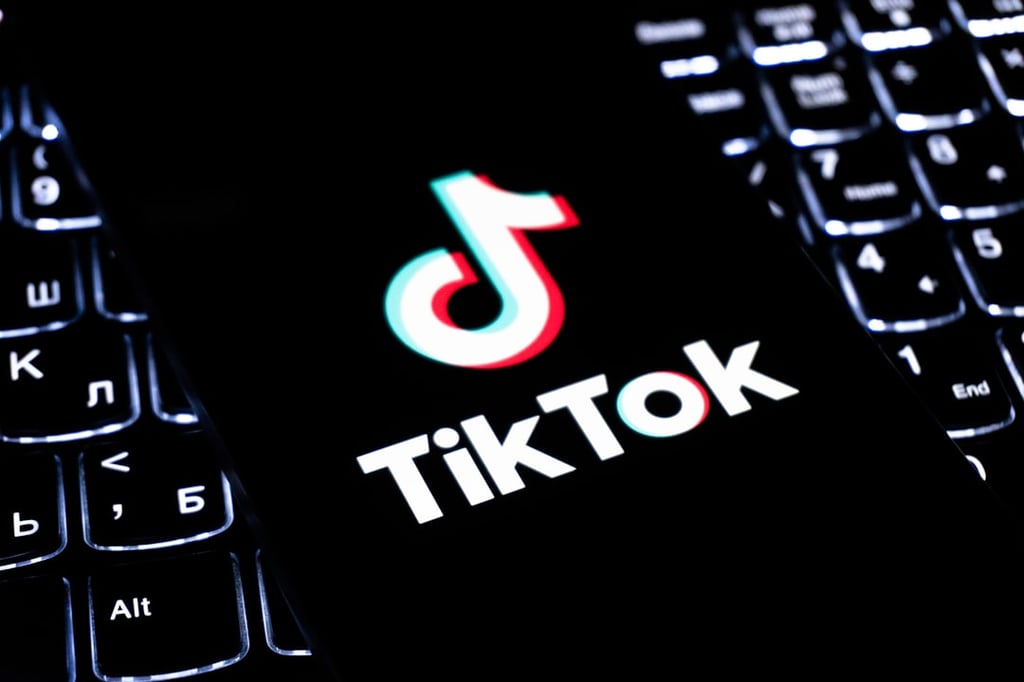The good news is that the market for wearable devices is up overall. Now the bad news… Nearly a third of people who own fitness trackers (30 percent) or smartwatches (29 percent) eventually ditch them, discovered Gartner in a survey of nearly 9,000 consumers from the U.S., the U.K. and Australia. Sometimes, they’re forced to […]
Datamation content and product recommendations are
editorially independent. We may make money when you click on links
to our partners.
Learn More
The good news is that the market for wearable devices is up overall. Now the bad news…
Nearly a third of people who own fitness trackers (30 percent) or smartwatches (29 percent) eventually ditch them, discovered Gartner in a survey of nearly 9,000 consumers from the U.S., the U.K. and Australia. Sometimes, they’re forced to give up their wearables because they break.
Other times, they simply grow bored of them.
“Dropout from device usage is a serious problem for the industry,” said Gartner research director Angela McIntyre, in a statement. “The abandonment rate is quite high relative to the usage rate.”
McIntyre suggests that it may be time for wearable devices to step out of the smartphone’s shadow and provide experiences consumers don’t typically get on an iPhone or Android handset.
“To offer a compelling enough value proposition, the uses for wearable devices need to be distinct from what smartphones typically provide,” she continued. “Wearables makers need to engage users with incentives and gamification.”
Currently, the smartwatch adoption rate is 10 percent, squarely in the early adopter range. At 19 percent, fitness wearables have hit the early mainstream, said the analyst group. Virtual reality headsets like the Oculus rift – excluding Google Cardboard and its ilk – lag at 8 percent.
Most smartwatch and fitness tracker owners buy their own. Only 26 percent of smartwatches like the Apple Watch and thirty-four percent fitness wearables are purchased as gifts.
Fitbits and similar health monitoring devices are more popular in the U.S. (23 percent) than in Australia (19 percent) and the U.K. (15 percent). Most owners wear them every day, but not all of them are fond of putting them on.
Twenty-nine percent of those polled for Gartner’s survey think fitness trackers are a bit of an eyesore. Finding one that looks good and is easy on the wallet can also put a dent in one’s budget, said Mikako Kitagawa, principal research analyst at Gartner. “Fitness tracker cases and wristbands designed by fashion brands are sold as higher-priced upgrades, which may be a barrier to purchase,” she stated.
The U.S. also leads in smartwatch adoption rates (12 percent), followed by the U.K (9 percent) and Australia (7 percent). Most users are 44 years of age and younger and more than half (58 percent) use their smartwatches every day, Gartner noted.
Pedro Hernandez is a contributing editor at Datamation. Follow him on Twitter @ecoINSITE.
-
Ethics and Artificial Intelligence: Driving Greater Equality
FEATURE | By James Maguire,
December 16, 2020
-
AI vs. Machine Learning vs. Deep Learning
FEATURE | By Cynthia Harvey,
December 11, 2020
-
Huawei’s AI Update: Things Are Moving Faster Than We Think
FEATURE | By Rob Enderle,
December 04, 2020
-
Keeping Machine Learning Algorithms Honest in the ‘Ethics-First’ Era
ARTIFICIAL INTELLIGENCE | By Guest Author,
November 18, 2020
-
Key Trends in Chatbots and RPA
FEATURE | By Guest Author,
November 10, 2020
-
Top 10 AIOps Companies
FEATURE | By Samuel Greengard,
November 05, 2020
-
What is Text Analysis?
ARTIFICIAL INTELLIGENCE | By Guest Author,
November 02, 2020
-
How Intel’s Work With Autonomous Cars Could Redefine General Purpose AI
ARTIFICIAL INTELLIGENCE | By Rob Enderle,
October 29, 2020
-
Dell Technologies World: Weaving Together Human And Machine Interaction For AI And Robotics
ARTIFICIAL INTELLIGENCE | By Rob Enderle,
October 23, 2020
-
The Super Moderator, or How IBM Project Debater Could Save Social Media
FEATURE | By Rob Enderle,
October 16, 2020
-
Top 10 Chatbot Platforms
FEATURE | By Cynthia Harvey,
October 07, 2020
-
Finding a Career Path in AI
ARTIFICIAL INTELLIGENCE | By Guest Author,
October 05, 2020
-
CIOs Discuss the Promise of AI and Data Science
FEATURE | By Guest Author,
September 25, 2020
-
Microsoft Is Building An AI Product That Could Predict The Future
FEATURE | By Rob Enderle,
September 25, 2020
-
Top 10 Machine Learning Companies 2021
FEATURE | By Cynthia Harvey,
September 22, 2020
-
NVIDIA and ARM: Massively Changing The AI Landscape
ARTIFICIAL INTELLIGENCE | By Rob Enderle,
September 18, 2020
-
Continuous Intelligence: Expert Discussion [Video and Podcast]
ARTIFICIAL INTELLIGENCE | By James Maguire,
September 14, 2020
-
Artificial Intelligence: Governance and Ethics [Video]
ARTIFICIAL INTELLIGENCE | By James Maguire,
September 13, 2020
-
IBM Watson At The US Open: Showcasing The Power Of A Mature Enterprise-Class AI
FEATURE | By Rob Enderle,
September 11, 2020
-
Artificial Intelligence: Perception vs. Reality
FEATURE | By James Maguire,
September 09, 2020
SEE ALL
ARTICLES
Pedro Hernandez is a contributor to Datamation, eWEEK, and the IT Business Edge Network, the network for technology professionals. Previously, he served as a managing editor for the Internet.com network of IT-related websites and as the Green IT curator for GigaOM Pro.









